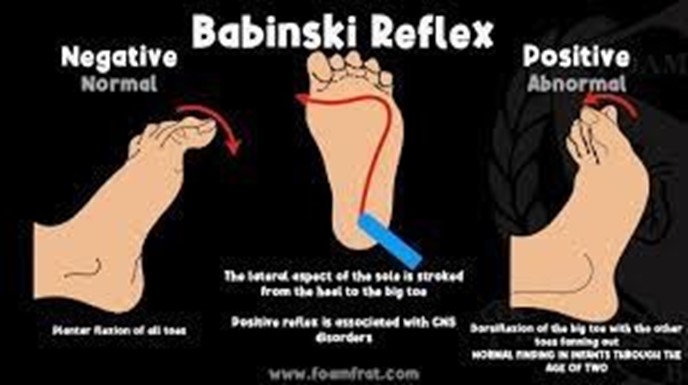A nurse in the newborn nursery is receiving a report on four newborns. Which of the following newborns should the nurse see first?
A newborn who is 8 hr old and has acrocyanosis.
A newborn who is 18 hr old and has not voided.
A newborn who is 24 hr old and has not passed meconium.
A newborn who is 12 hr old and has an axillary temperature of 37.8°C (100° F).
The Correct Answer is D
Choice A rationale:
Acrocyanosis, or bluish discoloration of the hands and feet, is common in the first 24 hours after birth and is typically not a cause for concern.
Choice B rationale:
A newborn not voiding within 18 hours may need evaluation, but it is not as urgent as a potential infection.
Choice C rationale:
A newborn who is 24 hours old and has not passed meconium is not the most critical concern among the options provided. While meconium (the baby's first stool) should be passed within the first 24-48 hours, a slight delay may not be an immediate cause for concern.
Choice D rationale:
The nurse should prioritize seeing the newborn with an axillary temperature of 37.8°C (100° F), as this could indicate an infection or other serious condition requiring immediate attention.
Nursing Test Bank
Naxlex Comprehensive Predictor Exams
Related Questions
Correct Answer is ["A","C","D","F"]
Explanation
Choice A rationale:
The newborn reflex called "rooting”. is characterized by turning the head and opening the mouth when the cheek or mouth area is touched. This reflex helps the newborn find the mother's breast for feeding.
Choice B rationale:
"Stepping”. is a newborn reflex where they make stepping movements when held upright with their feet touching a solid surface. This reflex is present at birth but tends to disappear after a few weeks.
Choice C rationale:
The "Moro”. reflex is also known as the startle reflex. It is elicited by a sudden loss of support or loud noise, causing the newborn to throw their arms and legs out and then bring them back in. This reflex usually disappears around 3 to 4 months of age.
Choice D rationale:

The "Babinski”. reflex is characterized by the extension of the big toe and fanning of the other toes when the sole of the foot is stroked. This reflex is present in newborns and should disappear by around 12 months of age.
Choice E rationale:
"Running”. is not a recognized newborn reflex. There is no reflex with this name related to newborns.
Choice F rationale:
The "gag”. reflex is present in newborns and helps protect the airway by causing a gagging response when the back of the throat is stimulated.
Correct Answer is A
Explanation
Choice A rationale:
Cephalhematoma is the correct answer because it presents as a swelling on the newborn's head confined to one cranial bone and does not cross suture lines. It usually resolves on its own within a few weeks to months but can increase the risk of jaundice due to the breakdown of red blood cells in the hematoma.
Choice B rationale:
Nevus flammeus, also known as a port-wine stain, is a type of vascular birthmark. It presents as a flat, pink, or red mark on the skin and does not involve swelling of the head. This choice is unrelated to the findings described in the question and is therefore incorrect.
Choice C rationale:
Caput succedaneum refers to a diffuse, soft tissue swelling of the scalp that does cross suture lines. It is caused by pressure on the head during delivery, leading to edema and bruising. It typically resolves within a few days after birth.
Choice D rationale:
Molding refers to the shaping of the fetal head during childbirth as it passes through the birth canal. It may cause temporary elongation or molding of the head, but it does not present as a localized swollen area. This choice is not applicable to the findings mentioned in the question and is thus incorrect.
Whether you are a student looking to ace your exams or a practicing nurse seeking to enhance your expertise , our nursing education contents will empower you with the confidence and competence to make a difference in the lives of patients and become a respected leader in the healthcare field.
Visit Naxlex, invest in your future and unlock endless possibilities with our unparalleled nursing education contents today
Report Wrong Answer on the Current Question
Do you disagree with the answer? If yes, what is your expected answer? Explain.
Kindly be descriptive with the issue you are facing.
